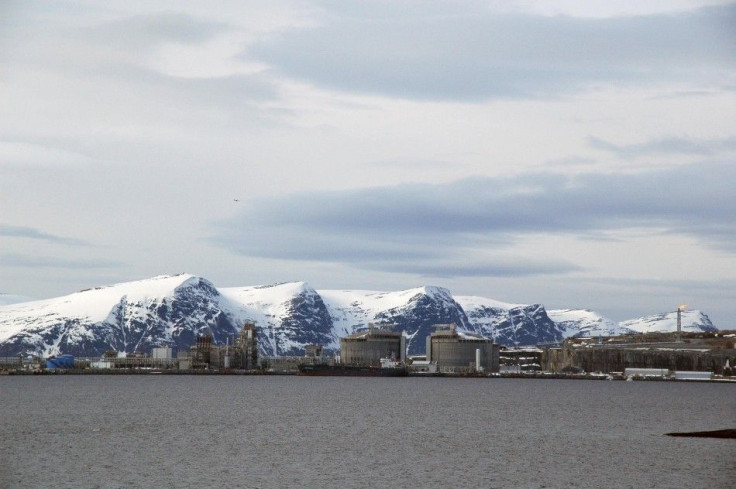Should Australia Worry Over Sealed China-Russia Gas Deal?

China and Russia had just sealed a $400 billion gas deal which experts said could put Australian exports of LNG (liquefied natural gas) in peril.
China currently pays $US15 per million British thermal units (BTU) for Australian LNG, according to the Australian Financial Review. Although it still isn't clear just how much China will pay Russia for its gas, analysts at Barclays estimate it could only be at $350 per million standard cubic metres, slightly cheaper than importing through the existing Turkmenistan-China Central Asia pipeline. Moreover, it is 40 per cent cheaper still to the cost of LNG brought in by sea.
The US$400 billion 30-year supply accord between China and Russia will involve a total of 1 trillion cubic metres of gas. Although China is the expected majority recipient of the deal, Russia will still have much cheap gas left for its disposal, of which it actually already plans to sell elsewhere in Asia.
David Ledesma, an independent consultant working in the LNG sector, told Bloomberg that the agreement will not only impact the volume of LNG that China needs to import, but most importantly, it will create an "impact on the level of the spot price for LNG in Asia."
"The agreement will have profound impacts on multiple fronts including political relationships among China, Russia, Europe and the U.S., domestic gas market in China, and [the] LNG market in Asia," analysts at Bernstein Research in Hong Kong said. The deal will most likely mean that "higher-cost LNG projects will be less likely to be developed."
China's gas imports, which has overtaken Spain as the biggest after Japan and South Korea, has been forecast to double by 2018 as it works to replace its dirty coal-burning power plants.
That's why projects from Australia to the U.S. are scrambling to finish and already start operating to seize on this humongous gas hunger from China's.
Dr Vlado Vivoda from the University of Queensland continued to be optimistic on the fate of Australian LNG despite the China-Russia gas deal.
"China has a strategy to increase its gas consumption, almost triple it over the next couple of decades, so Australian gas is part of that strategy just as much as Russian gas. And a lot of industry analysts have seen this Russia/China gas deal* coming for quite some time. It's been under negotiation for a while," he told ABC AM's Samantha Donovan
"China's demand will continue to grow and I think Australian gas will feed that growth just as much as Russian gas."
LNG spot prices in Asia is currently around $13.7 per million metric British thermal units, compared with a U.S. Henry Hub price of $4.5 per mmBtu and $7.7 per mmBtu in the UK.





















